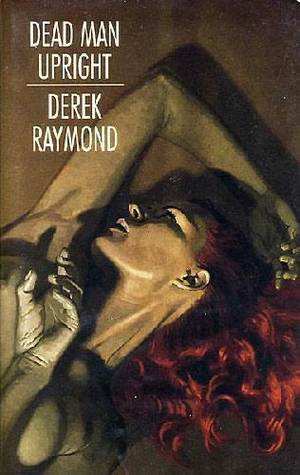What do you think?
Rate this book


224 pages, Hardcover
First published December 9, 1993
The Killer:
“Yes, now I’ve got the power, each truth is a portion of flesh to be enjoyed; each rule is a bone to be broken. Gnawed. I’m like a starving man. But you mustn’t cough over what you enjoy. You mustn’t choke on it.”
The Doctor:
“It’s hunger”
The Killer:
“It’s the hunger to be.”
The Doctor:
“Food.”
The Killer:
What’s the matter with you? I don’t feed any the less heartily because I talk to my food while I eat it. The more you need food the more intelligently you should treat it, except you can’t have intelligent food. No. That’s not right, I haven’t put that right. What I mean is, you can’t have your food running about screaming on the plate – it’s logic that you have to kill it first. Then you can talk to it…”
I was afraid. I knew, I had often been told, that fear evaporated when you faced it, and I just hoped the people who had told me that were right.
The way I live you always think you’ve considered death from every possible angle, but when your number crops up it always turns out that you never have.
(Pages 144-145)
It was dark when we reached Firth’s place. The vanishing years groped its way across North London, smearing the pavements with patches of freezing damp that reminded me of our daily crime scenes, of people who had trailed their broken heads into the corner of a wall and died there.
(Page 40)
It wasn’t a room that anyone with positive aims in life would put up with for long.
The greasy red carpet was worn through to the threads and I looked down at it thinking that at least blood wouldn’t show when someone cut his throat over it.
The wallpaper was the shade of green that only said hello to people looking for a place to kill themselves; in fact it was the ideal surroundings for your end to introduce itself to you in the mirror set into the junk city wardrobe; I expected my doppelganger to walk through it any moment with the message that this was it.
The night closed in with the darkness mankind had coming to it…
(Pages 40-41)
My father said that the hardest thing in life was the first thing – to think of yourself. But he said it was worth it, and now I believed I knew what he meant all right – that if you didn’t understand people, you didn’t exist. I was paid to catch people who didn’t exist; the people whose shoulders I tapped left only the dead behind them.
(Page 145)
